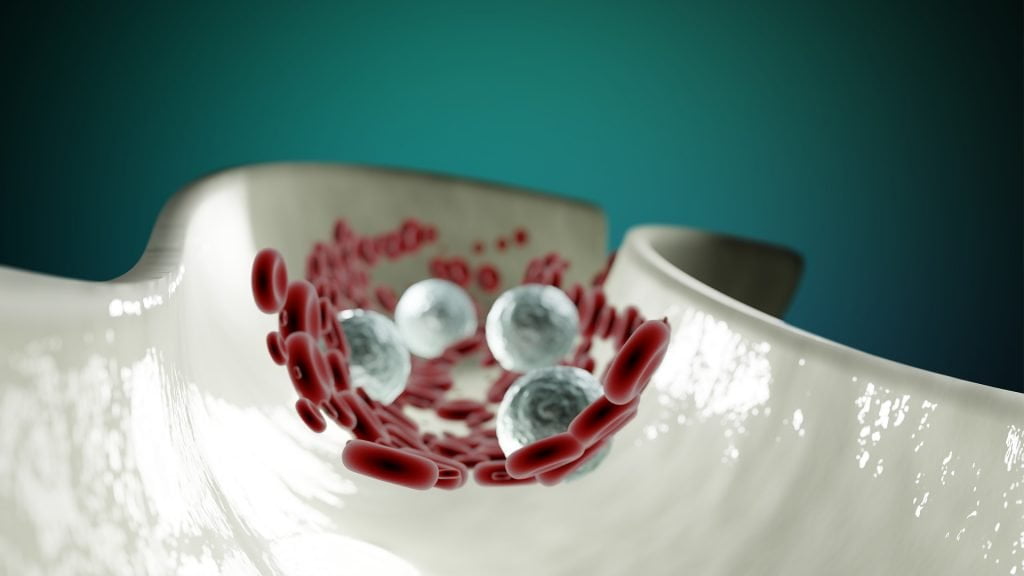Understanding Cholesterol: Debunking Myths and Clarifying the Facts
Cholesterol has been demonized as a human killer and the lab results are capable of creating panic in a large percentage of the population, including medical doctors. But should that be the case?
I’d like to start by saying that this article is like the starter, if you will, for a deeper conversation with a cardiologist or a medical practitioner that is checking your health. This is not a deep dive into cardiovascular health but will point you in the right direction.
An interesting book on the subject is The Great Cholesterol Myth by Bowden and Sinatra.
Also, I must say that most of these concepts I’ve learned from Dr. Mark Houston throughout the years.
It’s important to note that abnormal cholesterol levels, also known as dyslipidemia, are symptoms rather than a root cause. Therefore, the treatment should focus on addressing the underlying issues that contribute to these imbalances.
Understanding Different Cholesterol Molecules
Low-Density Lipoprotein (LDL)
LDL, often referred to as the “bad cholesterol,” has been historically blamed for cardiovascular disease. However, scientific research has demonstrated that unaltered LDL itself does not increase the risk of cardiovascular issues. Instead, specific particles within LDL are responsible for causing damage.
Known as the bad guys, they were blamed for being the cause of cardiovascular disease, but science has proven that unaltered LDL does not increase the risk of cardiovascular disease. It’s certain particles inside the LDL the ones that actually cause the damage.
Thanks to advanced testing methods now it’s possible to identify the number, size, and changes in those particles.
The number of particles (LDL-P):
Science has established that LDL-P is at the moment, more predictive of cardiovascular disease than any other of the LDL parameters.
As you’ll understand when I explain the size, the ideal is to have a lower number of LDL particles.
Size of particles:
The size of the particles is extremely important because the smallest particles are the ones that can cause severe damage to the endothelium, generating a cascade of events that result in myocardial infarction and/or thrombosis, due to the formation of plaque.
It stands to reason that you want to have large particles and if you have large particles, you can fit fewer particles inside the same space, therefore having a lower LDL-P count.
When LDL-P and the size of the particles don’t fall into the optimal ranges, the effect is multiplied.
Changes of the particles:
Unaltered LDL by itself doesn’t cause damage to the blood vessels. It is when it gets modified by oxidation or glycation, that starts causing problems in the endothelium that lead to inflammation and immune dysfunction, and finally plaque formation.
The main factors for a high count of small-sized particles, and changes in the particles are:
- Affected immune vascular function
- Inflammation
- Oxidation
- Blood sugar dysregulation
High-Density Lipoprotein (HDL):
The job of HDL is to remove the cholesterol from the blood vessel and take it to the liver for elimination or metabolization. HDL has also been shown to be anti-inflammatory, anti-thrombotic, antioxidant, and enhance endothelial function.
Same as in LDL, measuring the number of particles is very important. Science has also shown that as important as the number of particles, the function of the HDL must be measured as well.
Number of Particles (HDL-P):
Basically, you are looking for the highest possible number, because the higher it is, the more protected you are. As simple as that!
Function:
HDL performs two main functions:
- Reverse Cholesterol Transport, which is the capacity of the HDL to remove LDL away from the tissues.
- Cholesterol Efflux Capacity, which inhibits the formation of abnormal fat deposits in the arteries.
The main offenders of a proper HDL function are:
- Inflammation
- Oxidation
- Blood sugar dysregulation
There are some other tests available like the HDL subtypes and HDL subspecies, but they are not as accurate in predicting cardiovascular disease as the function and number of particles.
Triglycerides:
Triglycerides are another type of blood lipid.
When you consume carbohydrates and they cannot get inside the cell to produce energy, like in insulin resistance cases, the body takes them back to the liver to be converted to triglycerides. Those triglycerides are stored in the fat cells and eventually be used later as a source of energy.
The goal here is to maintain the levels as low as possible, at least lower than the HDL, as elevated levels of triglycerides can lead to hardening and thickening of the artery walls, also known as atherosclerosis.
The main factors for having high triglycerides levels are:
- Consuming more carbohydrates than your body can handle.
- Consuming excess food.
As you can see, the abnormal levels and dysfunction of blood lipids are the result of the following common factors for the 3 of them:
- Poor nutrition, with all the consequences
- Inflammation
- Oxidative Stress
So, in my opinion, the actual cause of abnormal levels and dysfunction of blood lipids is in your hands and absolutely manageable, unless a genetic condition that requires a different type of intervention is present.
In the second part of this article, I’ll address the nutritional and lifestyle recommendations, along with the different nutrients that can improve each one of the lipids, in number and function.
Stay healthy,
Coach Carlos Castro

